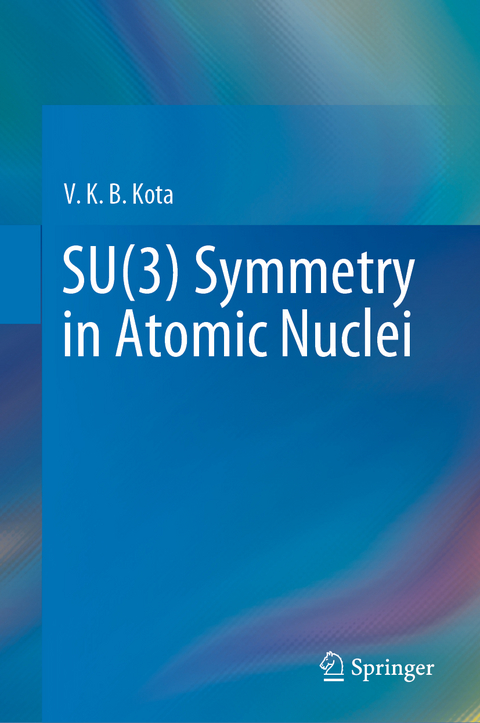
SU(3) Symmetry in Atomic Nuclei
Springer Verlag, Singapore
978-981-15-3602-1 (ISBN)
V. K. B. Kota is an honorary faculty member at the Theoretical Physics Division, Physical Research Laboratory, Ahmedabad, India, which he joined in 1980. He completed his Ph.D. in Physics at Andhra University, Visakhapatnam, India. From 2007–2015, he was an Adjunct Professor at the Department of Physics and Astronomy, Laurentian University, Sudbury, Canada. During his last 40 years of research, he made three major contributions to theoretical physics. Firstly, he identified and developed more than 10 new bosonic, fermionic and boson–fermion Lie algebraic group symmetries for collective states in atomic nuclei. In particular, he worked extensively on hexadecapole degree of freedom in nuclei and published the first review article on this topic with one of his former students. His work on group theoretical models and on nuclear spectroscopy resulted in the book Structure of Medium Mass Nuclei: Deformed Shell Model and Spin–Isospin Interacting Boson Model (CRC Press, 2017),co-authored with Professor R. Sahu. Secondly, he derived several new statistical laws using unitary group decompositions, quantum chaos and random matrices, for the spectral distributions of observables (part of statistical nuclear spectroscopy), with applications in nuclear astrophysics and neutrino physics. This work led to a number of review articles and the book Spectral Distributions in Nuclei and Statistical Spectroscopy (World Scientific, 2010) , co-authored with Prof. R.U. Haq. Thirdly, he introduced and analyzed random matrix ensembles, generically called “embedded random matrix ensembles,” generated by random interactions with Lie algebraic symmetries. These were proved to be applicable to isolated finite interacting quantum systems, ranging from complex nuclei to mesoscopic devices of condensed matter to black holes. Dr. Kota wrote the first review article on this topic in 2001 and later a book, Embedded Random Matrix Ensembles in Quantum Physics (Springer, 2014).
Introduction.- SU(3) Algebra in Nuclei: Preliminaries.- SU(3) Wigner-Racah Algebra Details.- SU(3) Wigner-Racah Algebra Details II.- SU(3) ⊃ SO(3) Integrity Basis Operators.- SU(3) in Shell Model Descriptions of Nuclei.- SU(3) in Interacting Boson Model for Even-Even Nuclei.- SU(3) in Interacting Boson-Fermion Models.- Other Aspects of SU(3) Symmetry in Nuclei.- Multiple SU(3) Algebras in SM and IBM.- Statistical Results with SU(3).- Appendixes.
| Erscheinungsdatum | 14.04.2020 |
|---|---|
| Zusatzinfo | 4 Illustrations, color; 33 Illustrations, black and white; XV, 289 p. 37 illus., 4 illus. in color. |
| Verlagsort | Singapore |
| Sprache | englisch |
| Maße | 155 x 235 mm |
| Themenwelt | Mathematik / Informatik ► Mathematik |
| Naturwissenschaften ► Chemie ► Analytische Chemie | |
| Naturwissenschaften ► Physik / Astronomie ► Atom- / Kern- / Molekularphysik | |
| Naturwissenschaften ► Physik / Astronomie ► Festkörperphysik | |
| Naturwissenschaften ► Physik / Astronomie ► Hochenergiephysik / Teilchenphysik | |
| ISBN-10 | 981-15-3602-3 / 9811536023 |
| ISBN-13 | 978-981-15-3602-1 / 9789811536021 |
| Zustand | Neuware |
| Haben Sie eine Frage zum Produkt? |
aus dem Bereich


